HyperX SoloCast review: an affordable USB mic for podcasting
HyperX SoloCast: One-minute review
The HyperX SoloCast is the mic we expect to get at its price point. It’s a little light on features, as with most peripherals that save you some money, and its sound pickup isn’t perfect. For example, while HyperX markets it as a cardioid mic – i.e., one that's most sensitive to sound coming from the direction in which it's pointed – it picks up sound from both in front and behind, which could either be an advantage or a disadvantage, depending on your recording needs.
However, it delivers where it matters at this price: picking up sound clearly and cleanly. It also offers decent background noise rejection, a compact design that makes it travel-friendly, and an articulating stand that turns 90 degrees to the left and 90 degrees to the right, and flips about 140 degrees back.
The SoloCast has aged well: although it's now more than two years old, it’s still one of the best USB mics to consider if you’re seeking something affordable.
HyperX SoloCast: Price and availability
- How much does it cost? $69.99 / £64.99 / AU$109
- Where can you get it? Available now in the US, UK and Australia
Polar pattern: Cardioid pattern
Sample rate: 24-bit/96 kHz
Connection type: USB
Weight: 0.57lb (mic only)
The HyperX SoloCast has a list price of $69.99 / £64.99 / AU$109, putting it somewhere in the low-to-mid-price range. However, because it was released in late 2020 it's possible to pick it up for less – at the time of writing, for example, you can find it for $39.99 in the US and £49 in the UK.
There are other options, however, if you’re looking for something around the same price or even cheaper. The well regarded Samson Meteorite is currently priced as low as $29.99 in the US and AU$50 in Australia (it's a similar price to the SoloCast in the UK), while the Jlab Go Talk, which we're in the process of reviewing, is $39 in the US and £50 in the UK.
- Value: 4 / 5
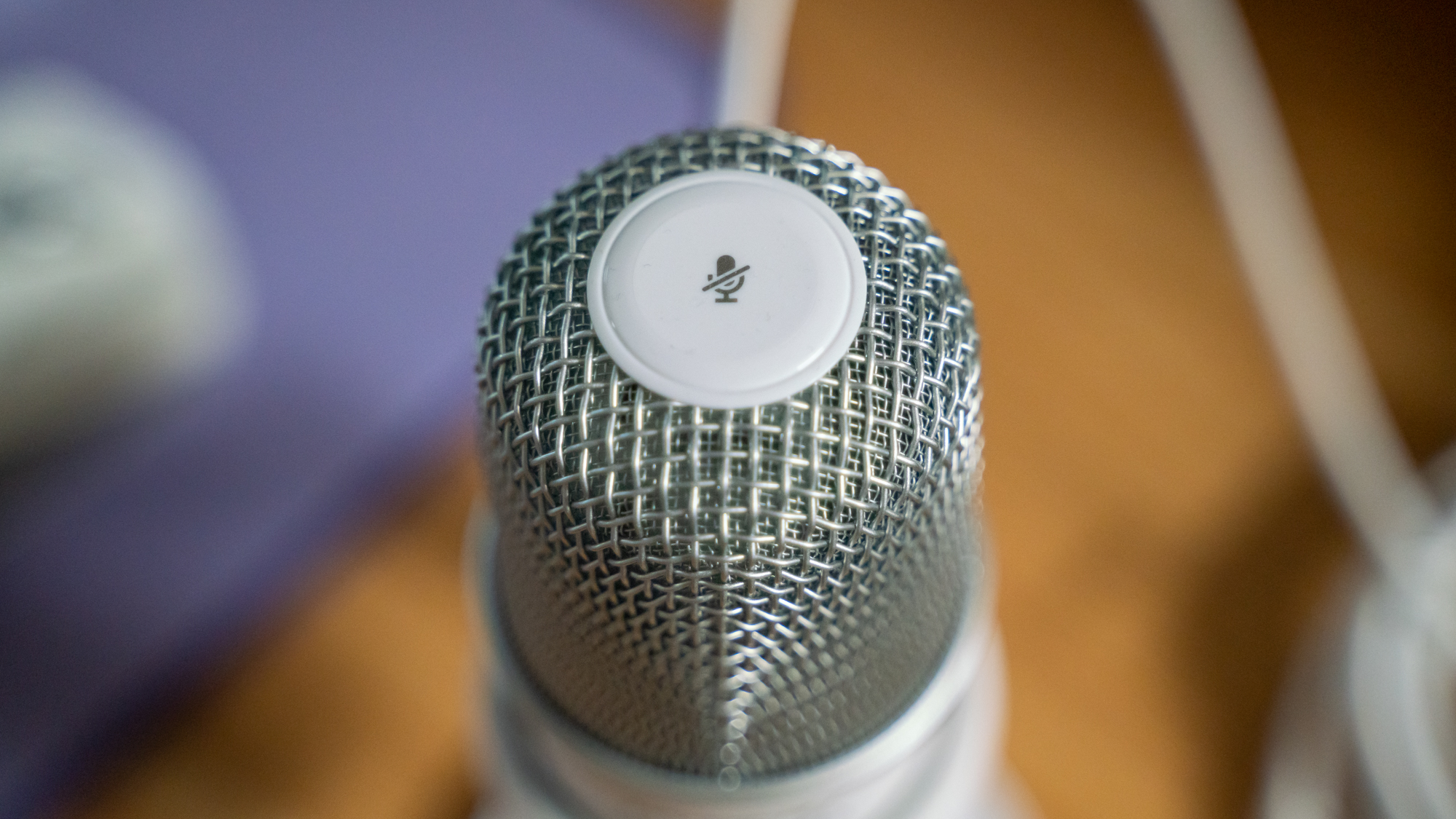
HyperX SoloCast: Design and features
- Tricky setup
- One-button control
- Articulating stand that turns 90 degrees to the left/right
The HyperX SoloCast is a plug-and-play mic, which means it should be relatively easy for a novice to use. However, our test unit proved to be a little tricky to set up. The first time we plugged it into our laptop and used it with GarageBand, it was clearly picking up audio, but there was no output. We had to close the software and open it back up for the mic to start working.
While it wasn't clear if the issue was with the mic or the software, we tested other USB mics at the same time with the same software, and we didn’t have that problem. Once we got the SoloCast working, however, we didn’t encounter any further problems.
At 6.85 x 3.82 x 3.07 inches (17.4 x 9.7 x 7.8cm), the HyperX SoloCast is a compact mic, which makes it very travel-friendly. Of course, a design this small also has its downsides, and the physical controls are limited to just one: a tap-to-mute button at the top of the mic. When this is pressed, the light above the HyperX logo on the front of the mic blinks slowly.
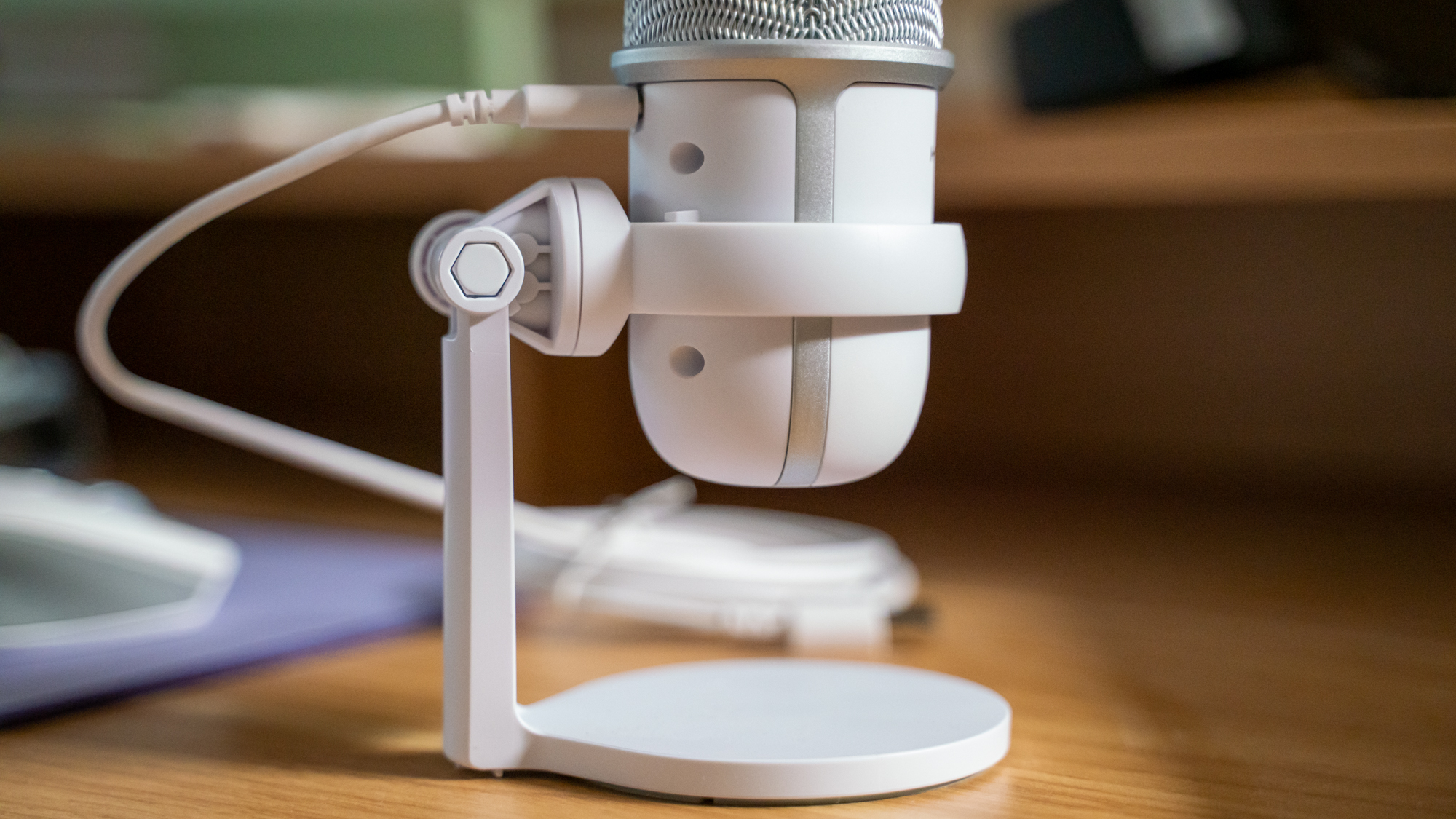
The mic comes with an articulating stand, which rotates 90 degrees to the left and right and tilts back about 140 degrees. That should give you enough angles for basic recording, but if you’re looking to mount it higher or in a different orientation, the stand is removable, and the mic itself has two different female threads (3/8-inch and 5/8-inch) so you can mount it on a more versatile stand or boom arm.
While the mic has a USB-C port, the included cable still needs a USB 2.0 port, which might discourage some Ultrabook users.
- Design: 4/5
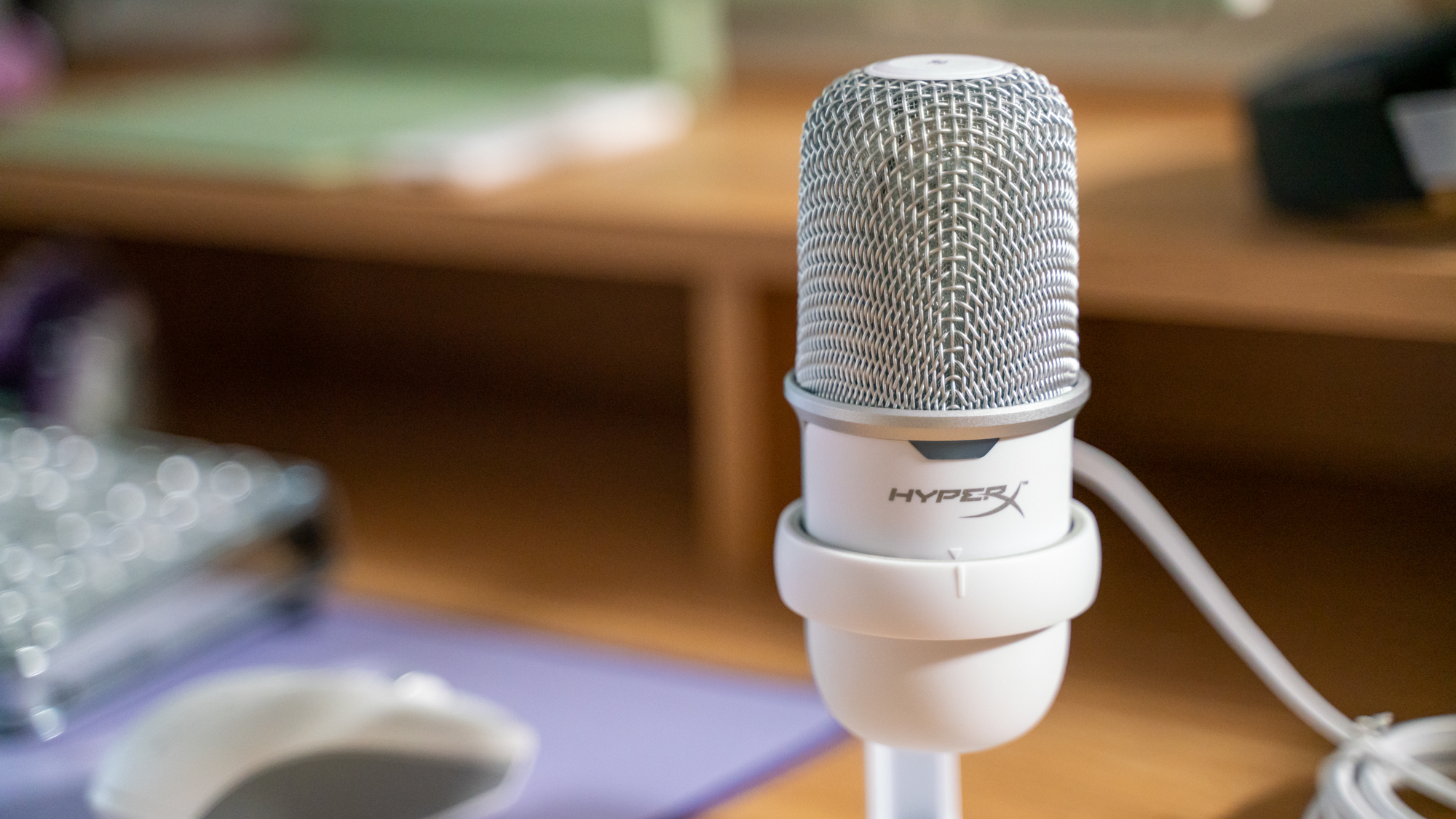
HyperX SoloCast: Performance
- Cardioid mic but bi-directional pick-up
- Clear and clean sound
- Picks up vibrations pretty easily
As with all mics, you will experience the proximity effect when recording too close to the HyperX SoloCast. However, during testing, we have found that a foot is the ideal distance for it to pick up your voice clearly while minimizing the variation. So, you don’t need a lot of space to be using this USB mic.
It is being marketed as a cardioid one, which means it should pick up sound mostly from the front. But, for better or worse, our experience with it has been different – it picks up sound from the front and from the back, making it more bi-directional in practice. The sound it picks up from the back, in fact, is just as loud as the sound it picks up from the front, albeit more muffled.
If you absolutely need a cardioid mic, you might be turned off by that. However, if you’re not very picky or if you need something for your podcast or your streaming videos where you’re chatting with another speaker, that might actually be a good thing.
Though it is on the cheaper end, the HyperX SoloCast offers high-res 24-bit recording and picks up sound clearly and cleanly, especially in the front. And, that’s really all that matters if you’re looking for something to meet your basic recording needs. What’s more, it also has decent background noise rejection. We had our old, pretty loud AC unit running during testing, and while it did pick up its humming, the sound wasn’t prominent enough to distract you from the important content.
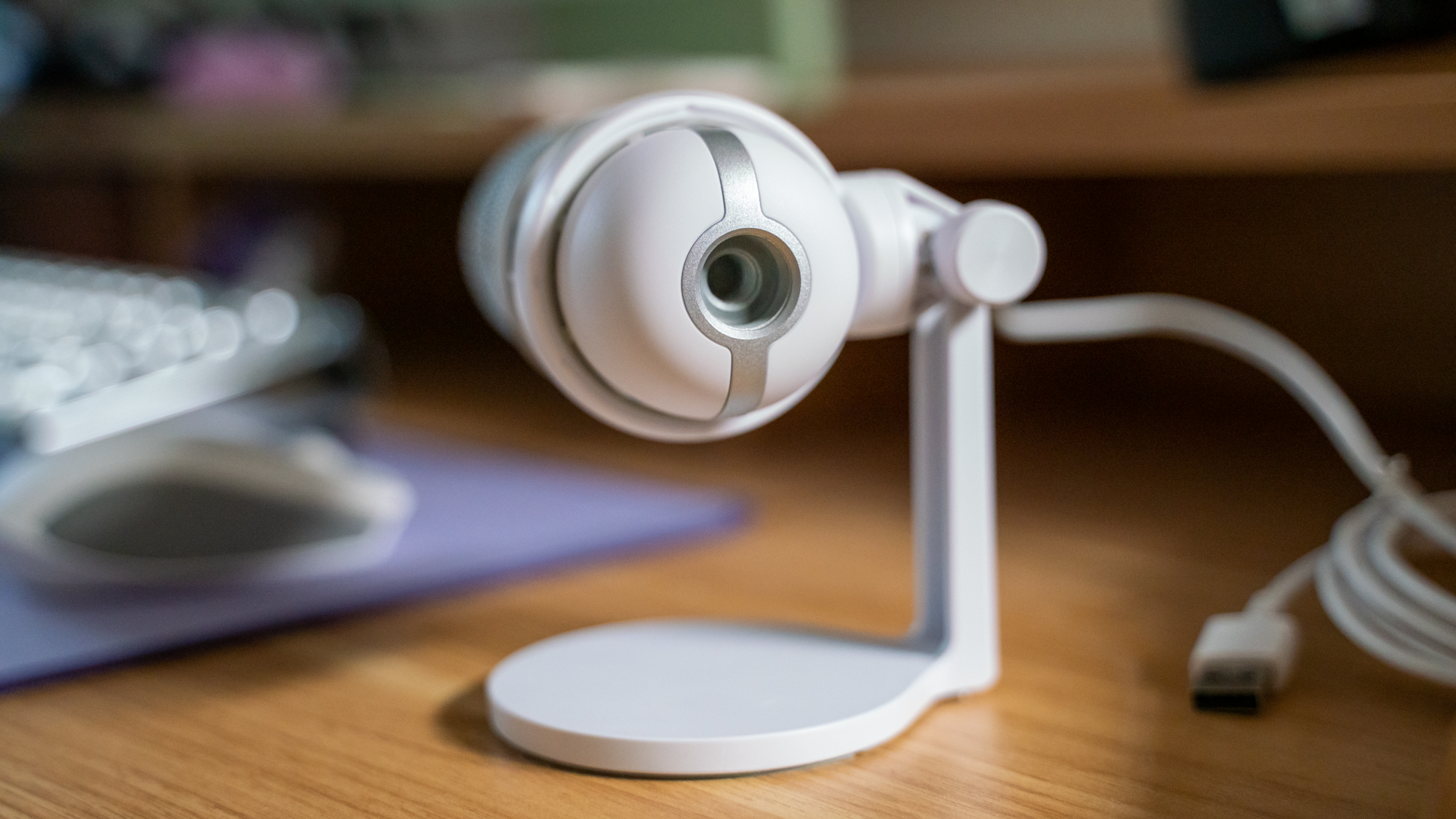
Perhaps the biggest downside here is that it picks up vibrations pretty easily when on its included stand. Even light tapping on the desk it’s on will ruin your otherwise clean audio, so we would mount this on a proper stand for better results.
- Performance: 4 / 5
Should I buy the HyperX SoloCast?
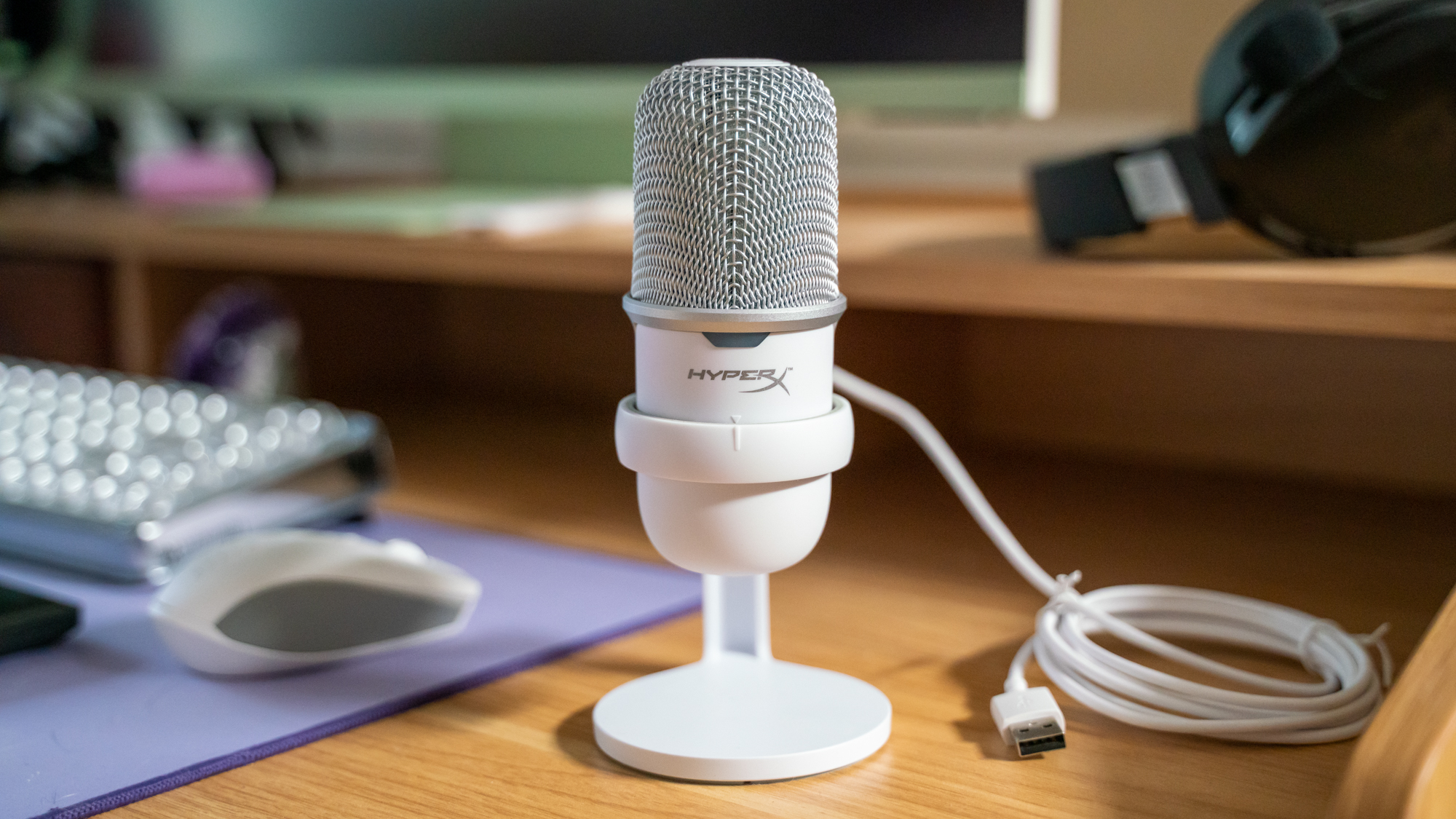
Buy it if...
Don't buy it if...
Also consider
HyperX SoloCast: Report card
- First reviewed January 2022
How we test
We pride ourselves on our independence and our rigorous review-testing process, offering up long-term attention to the products we review and making sure our reviews are updated and maintained - regardless of when a device was released, if you can still buy it, it's on our radar.
0 comments:
Post a Comment